Urine test strip URS-10M, rapid urinalysis 10 paras in one strip with high accuracy.
Jilin Yida Medical Equipments Co., Ltd. was established in April 2000, which located in Economic & Technological Development Zone of Changchun. It’s an R&D enterprise, which mainly develop, produce and sales urine test strips and urine analyzers.
At present, there are more than 30 types of urine test strips produced by our company, which widely used to the domestic market and international market for many years. Our urine test strips and urine analyzers have received so much favorable comments from our customers. Furthermore, we can also provide customers with any series of paper pads with specifications from 1 parameter to 12 parameters including MA according to their requests.
URS-10M could rapid test 10 parameters in one strip as below:
* Urobilinogen
* Bilirubin
* Ketone (acetoacetic acid)
* Blood
* Protein
* Nitrite
* Leucocyte
* Glucose
* Specific gravity
* pH
SPECIFIC GRAVITY: The specific gravity test permits determination of urine specific gravity between 1.000and 1.030. in general, it correlates within 0.005 with values obtained with the refractive indix method. For increased accuracy 0.005 may added to readings from urines with ph equal to or greater than 6.5. Strips read instrumentally are automatically adjusted for ph by instrument. The SG test is not affected by certain noionic urine constituents such as glucose not by the presence of radiopaque dye. Highly buffered ablate urines may cause low relative to protein.
PH: The PH test area measures PH values generally to within 1 unit in the range of 5.0 to 8.5 visually and 5 to 9 instrumentally.
PROTEIN:
The reagent area is more sensitive to albumin than to glubuins, haemoglobin, Bence0Jones Protein and mucoprotein; a Negative result does not rule out the presence of these other proteins. Normally no protein is detectable in urine by conventional methods. Although a minute amount is excreted by the normal kidney. A coloue matching any block greater than trace indicates significant proteinuria. For urine of high specific gravity, the test area may most closely match the trace colour block even though only normal concentrations of protein are present. Clinical judgment is needed to evaluate the significance of trace results. Flase positive results may be obtained with highly buffered or alkaline urines. Contamination of the urine specimen with quatemary ammonium compounds (E.G. from some antiseptics and detergents) or with skin cleansers containing chlorhexidine may also produce false positive results.
BLOOD:
The significance of the Trace reaction may vary among patients and clinical judgment required for assessment in and individual case Develop of green spots or green colour (free haemoglobin/myoglobin) on the reagent area within 60 seconds indicates the need for further investigation. Blood is often found in the urine of menstruating females. This test is highly sensitive to haemoglobin and thus complements the microscopic examination. The sensitivety of this test may be reduced in urines with high specific gravity. This test is equally sensitive to myoglobin as to haemoglobin (haemoglobin concentration of 150 to 620ug/l is approximately equivalent to 5 to 15 ul intact red blood cells per microlitre). Captoprit and lodine may also cause decreased associated with urinary tract infection may cause a false positive reaction. Levels of ascorbic acid normally found in urine do not interfere with this test.
UROBILNOGEN:
This test area will detect urobilinogen concentrations as low as 3 umol/l (approximately 0.2 Ehrlich unit/dl) in urine. The normal range with this test is 3-16 umol/l. A result of 33 umol/l represents the transitin from normal to abnormal, and the patient and /or urine specimen should be evaluated further. The reagent area may react with substances known to interfere with Ehrlich reagents such as p-aminosalicylic acid and sulphonamides. Atypical colour reactions may be obtained in the presence of high concentration of p-aminobenzoic acid. False negative result may be obtained if formalin is present. Highly colour substances. Such as azo dyes and riboflavin may mask colour development on the reagent area. The absence of urobilinogen cannot be determined with this test.
Instruction:
* Dip the test patch of a fresh strip into urine sample, or pass strip through urine stream-1 to 2 seconds only.
* Blot excess on a clean paper towel or tissue.
* Result may be compared between 1-2 minutes or exposure to urine (Results after 2 minutes are of no value)
* DO NOT touch test areas. Store at temperature between 15 °C-30°C. DO NOT remove desiccants. Be sure to replace cap immediately and tightly.

